McCormick & Company, Inc. has recalled French’s Original Crispy Fried Onions, one of its most popular products, thanks to the discovery of bacteria that may be growing on the food.
McCormick has issued a voluntary recall on pouches and units of these food items. The U.S. Food & Drug Administration (FDA) reported about this recall, which was first initiated on March 18, on May 2.
French’s Original Crispy Fried Onions Recalled

According to McCormick, 720 pouches of French’s Original Crispy Fried Onions have been recalled alongside 3,456 units of their six-ounce products.
McCormick did not give any other information about which items were recalled, such as the products’ best-by date. The company also did not clarify where these items may have been sold to customers.
States Affected
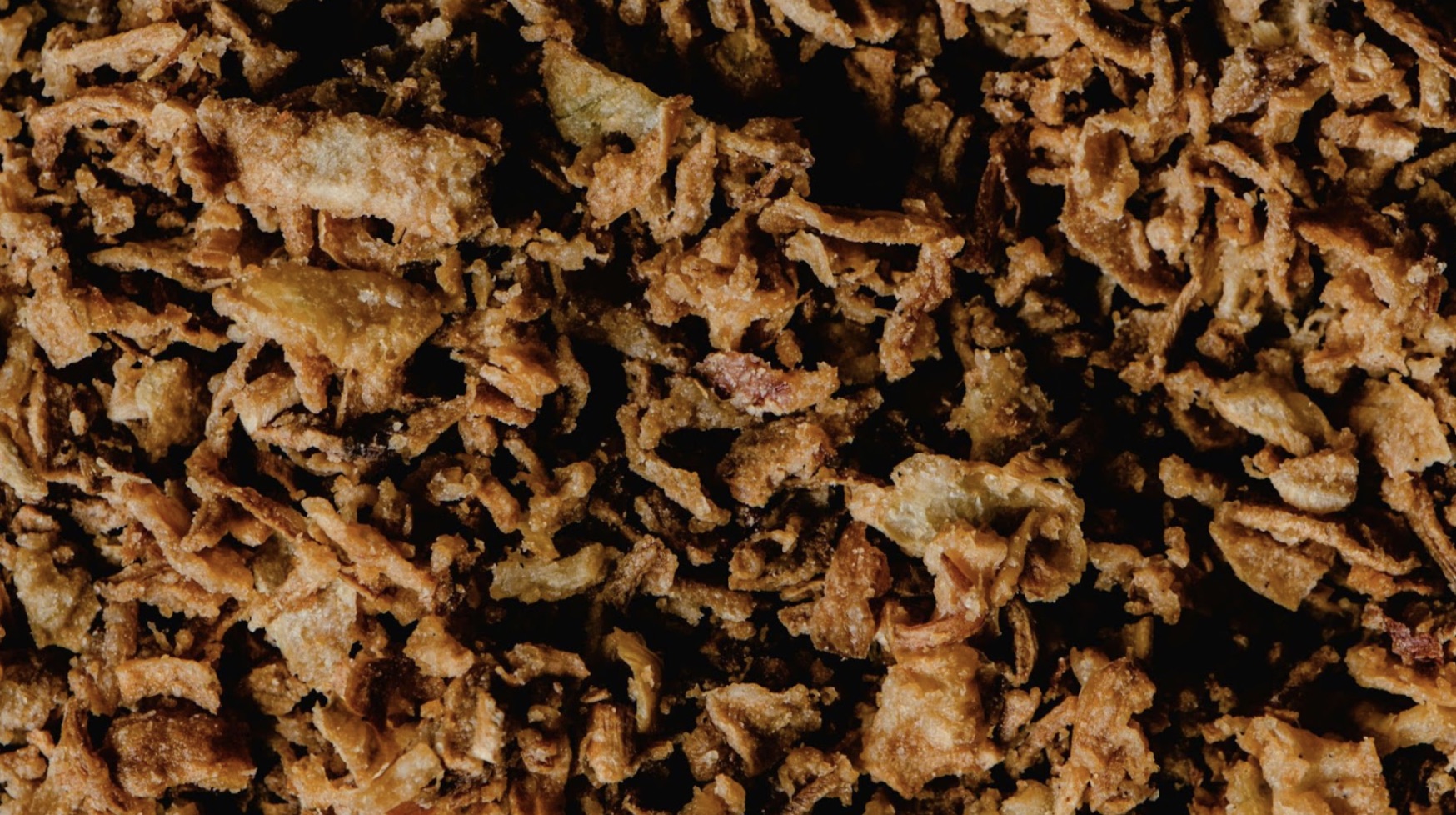
However, it was reported that the main infected batches were sent to, and distributed in, Illinois and Arizona. However, neither McCormick nor the FDA have explained which stores these items were distributed to in these two states.
It is also not yet known whether these products were successfully taken off the shelves of these stores, as is mandatory practice.
Why Were French’s Items Recalled?
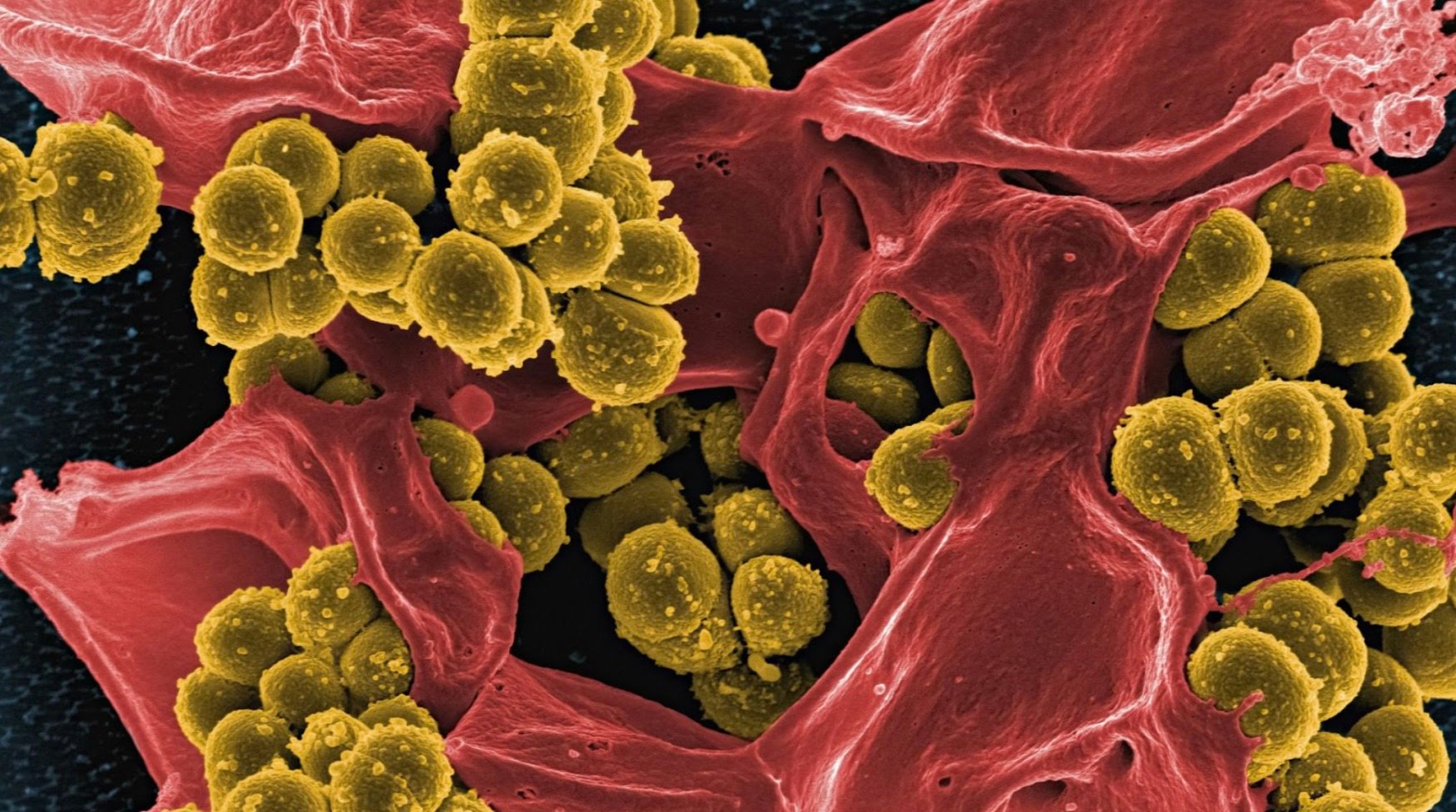
According to the FDA, French’s Original Crispy Fried Onions was recalled because it was discovered that Staphylococcus aureus (Staph) was possibly growing on the food.
Staph is a bacteria that, if ingested, can lead to food poisoning. In some cases, this food poisoning can be very severe.
How to Tell if Your Food Has Staph Bacteria

Unfortunately, there isn’t an easy way to see if the food you’re eating may be contaminated with this specific type of bacteria. This is because this bacteria is hard to notice.
For example, this bacteria may not make your food look bad or taste odd. Therefore, you could eat a food item that is contaminated with Staph and not even know it — until you get sick, that is.
How the Bacteria Is Killed

Often, this bacteria that attaches to food is killed once the food is cooked. Once a food item reaches an internal temperature of a certain heat, Staph can easily be killed off.
However, this doesn’t happen 100% of the time. The FDA has warned that even fully cooked foods can have this bacteria.
Food Poisoning

Studies have stated in the past that many cases of food poisoning — both those reported and those left unreported — are likely from this very specific strain of Staph bacteria.
This bacteria can thrive in an unclean environment. Therefore, if a bacteria has been found in food, this is likely because the processed food equipment was not cleaned properly.
Why Staph May Have Grown on French’s Fried Onions

Though neither McCormick nor the FDA have clarified why this bacteria may have appeared on some of their French onion products, there are a few theories to look into.
Often, foods that aren’t cooked after they’ve been handled by someone may allow Staph bacteria to grow on them. This is because many people can carry Staph bacteria on their skin without becoming ill. This bacteria can then land on the food that is handled after cooking.
Symptoms of Staph Bacteria

The Centers for Disease Control and Prevention (CDC) has explained that most people will develop symptoms after ingesting Staph bacteria anywhere from 30 minutes to eight hours after ingestion.
Symptoms can vary from person to person. Food poisoning from Staph consumption can result in stomach cramps, nausea and vomiting. Very severe sickness is not common.
Severe Cases of Food Poisoning

While very severe cases of illness after eating Staph bacteria are not common, there have been a few cases of this occurring.
Those with severe poisonings could experience muscle cramping, headaches, and temporary changes in their blood pressure and pulse. On average, a person can recover from Staph poisoning in around two days.
Food Recalls Recently
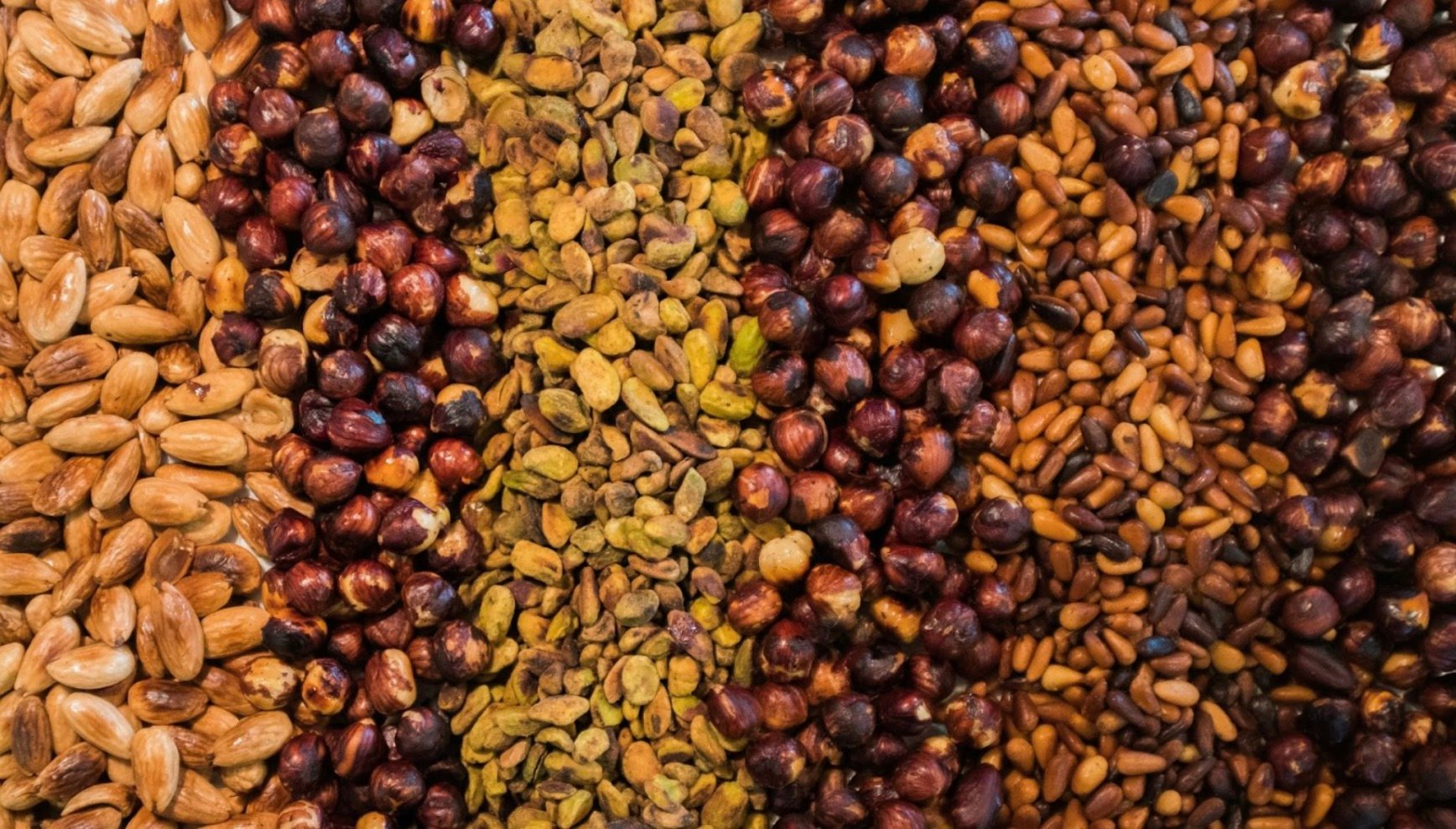
There have been quite a lot of food recalls since 2024 began. Most recently, Planters Nuts has had to recall their products after they discovered some of their batches may have been contaminated with listeria.
Ground beef sold at Walmart also had to be recalled thanks to the discovery of E. Coli. More than 16,000 pounds of this beef has since been recalled because of this threat.
What to Do if You Have a Contaminated Food Product

If you’ve realized that you have a pouch or box of contaminated French’s Original Fried Onions, it’s best to throw it out and ensure you don’t eat anything out of it.
If you’d like, you can also return the contaminated item to where you bought it. You’ll be able to receive a refund for this product.
Consumer Trust and Brand Impact

The recall of French’s Original Crispy Fried Onions is a significant blow to McCormick’s reputation. Consumer trust is essential for any brand, and food safety issues can severely damage it. The recall not only impacts immediate sales but also long-term brand loyalty.
McCormick will need to remain proactive in its communication and assurances about future safety measures, which are crucial in restoring consumer confidence.
Steps to Regain Trust

To regain consumer trust, McCormick can conduct a thorough investigation to prevent future incidents. They can also use this opportunity to enhance their quality control processes.
It is also essential for the company to be transparent and communicate openly about their findings and corrective actions taken. This will show their commitment to food safety and regain consumer trust.
Overview of Food Safety Protocols

Food safety protocols are critical in preventing contamination and ensuring consumer health. Standard measures include rigorous testing, sanitation procedures, and regular inspections. These protocols are designed to identify and eliminate potential hazards before products reach the market.
McCormick’s adherence to these protocols is important for maintaining product integrity. Continuous improvement and compliance with FDA regulations help protect consumers from foodborne illnesses.
Role of the FDA in Ensuring Food Safety
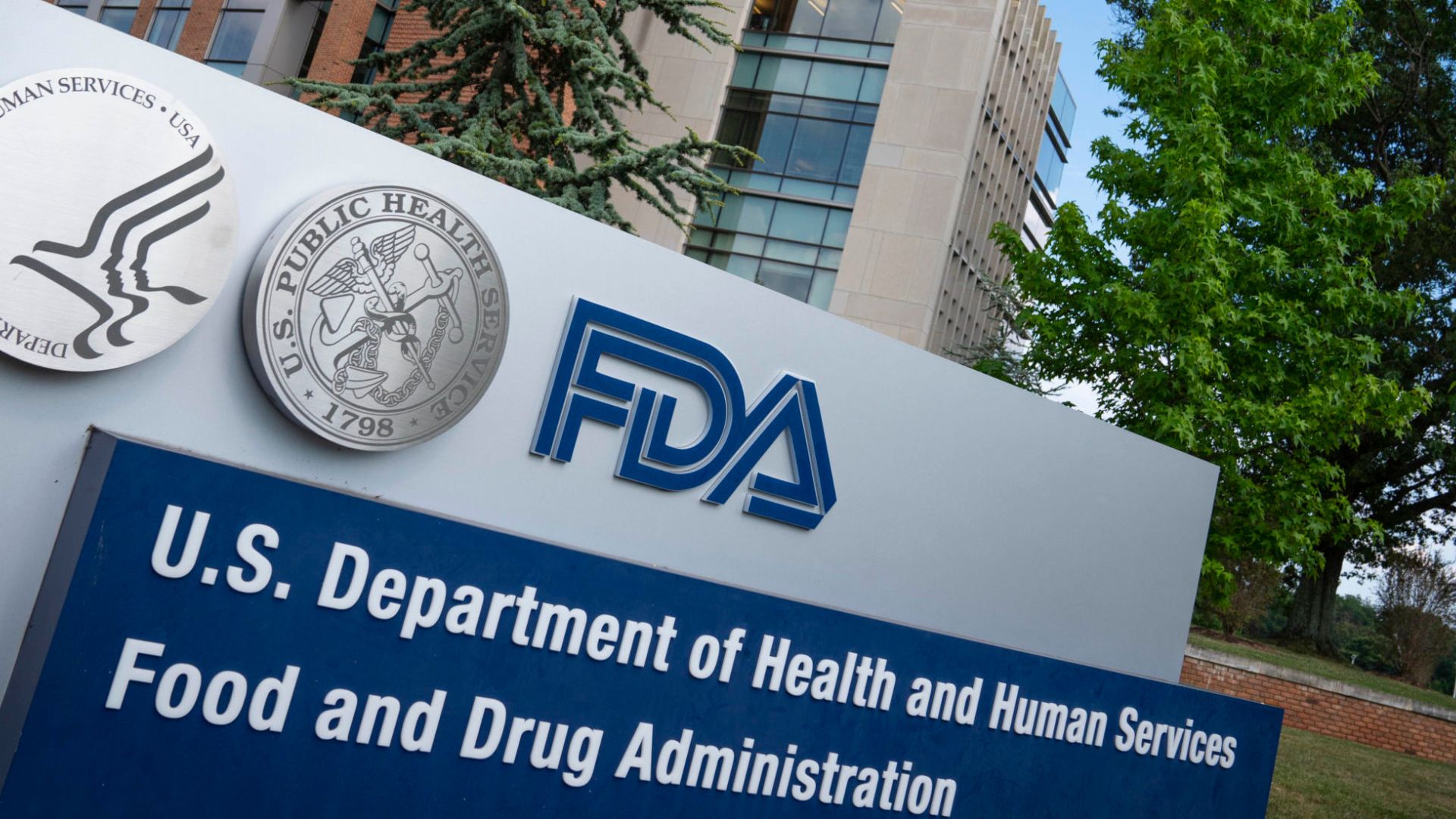
The FDA plays a pivotal role in ensuring the safety of the food supply. By monitoring manufacturing practices and enforcing safety standards, the FDA helps prevent contamination incidents.
In the case of the French’s recall, the FDA’s involvement ensured that potentially harmful products were quickly identified and removed from shelves.
Legal Consequences of Food Recalls

Food recalls can lead to significant legal consequences for companies. McCormick may face lawsuits from affected consumers, which could result in substantial financial penalties.
Previous food recall cases have shown that legal actions can be lengthy and costly. Additionally, companies must navigate regulatory investigations and potential sanctions.
Financial Impact on Companies

The financial impact of food recalls on companies can be severe. McCormick faces not only direct costs associated with the recall but also potential loss of revenue due to decreased consumer confidence.
The costs of potential legal actions, settlements, and implementing improved safety measures further strain financial resources.
Steps for Handling Recalled Products

Consumers should first check the product details against recall notices. If confirmed, the product should be safely discarded to avoid any health risks.
Many stores offer refunds or exchanges for recalled items. Staying vigilant about recall announcements and following instructions helps protect your health and supports broader public safety efforts.
Staying Informed About Recalls
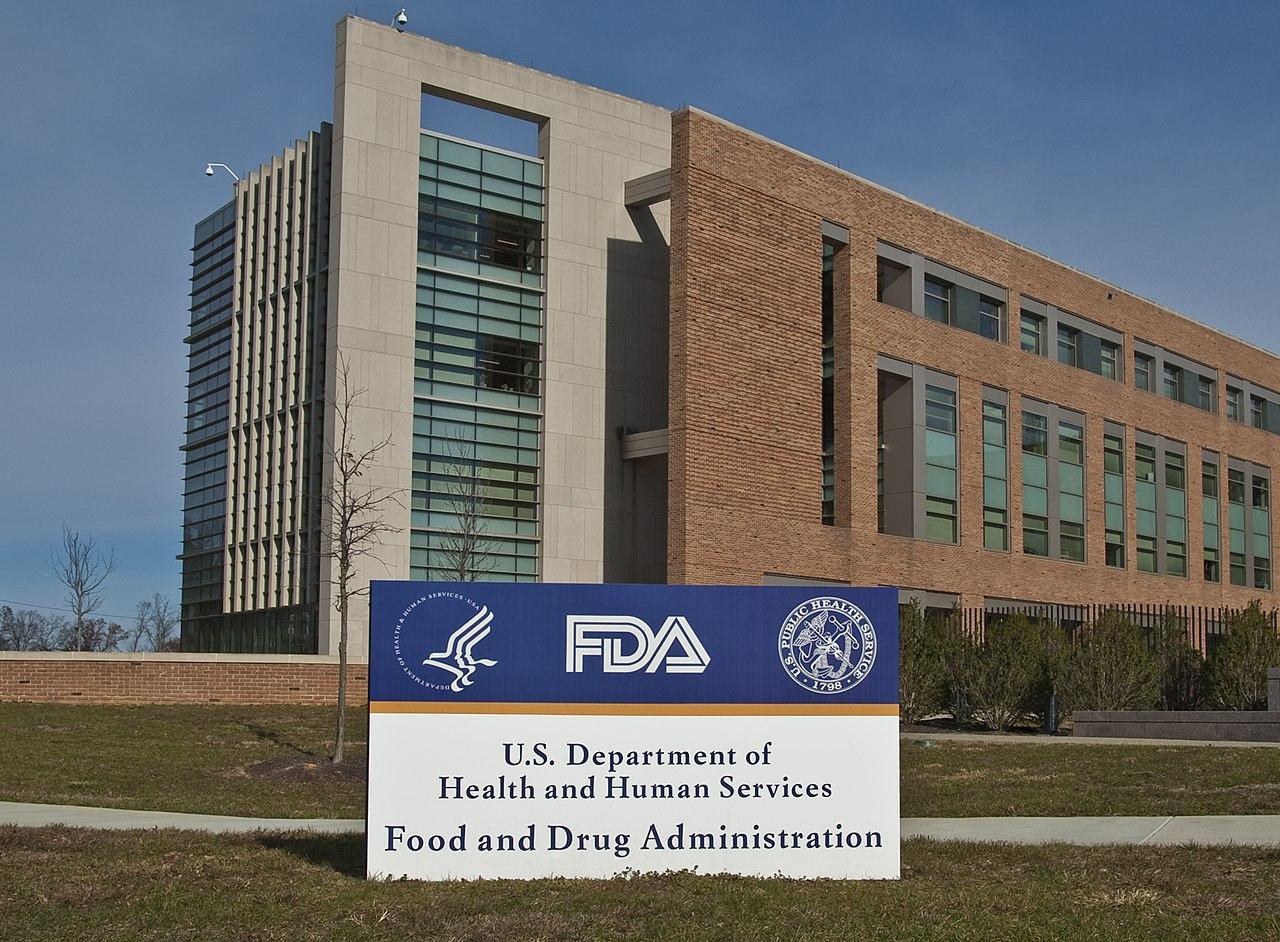
Consumers can stay informed about food recalls through various resources. Websites like the FDA and CDC provide updated recall information.
Social media platforms and news outlets also report on major recalls. By using these tools, consumers can quickly identify and respond to recalls, ensuring they do not consume contaminated products.
Overview of Recent Significant Recalls

Recent significant recalls highlight ongoing challenges in food safety. For instance, several ready-to-eat products were recalled due to listeria contamination, while Walmart’s ground beef recall involved E. Coli concerns.
These incidents, affecting thousands of products and consumers, highlight the importance of stringent safety measures.
Common Factors and Differences

While each recall is unique, there are common factors and differences that can be found among them. For example, both listeria and E. Coli are bacterial contaminants that can cause serious health issues if consumed.
However, they differ in their symptoms and the types of products they contaminate.
Tips for Food Handling and Storage

Proper food handling and storage are crucial in preventing contamination. Always wash your hands before handling food and ensure surfaces are clean. Store perishable items at appropriate temperatures and follow expiration dates.
Avoid cross-contamination by using separate utensils for raw and cooked foods. These practices help minimize the risk of foodborne illnesses and ensure your meals are safe to eat.
Recognizing Foodborne Illness Symptoms

Foodborne illnesses can present with various symptoms, including stomach cramps, nausea, vomiting, and diarrhea. Symptoms usually appear within hours of consuming contaminated food. Severe cases may involve fever, muscle pain, and dehydration.
Recognizing these symptoms early and seeking medical attention if needed can prevent complications. Understanding these signs helps you respond promptly to potential food poisoning.


